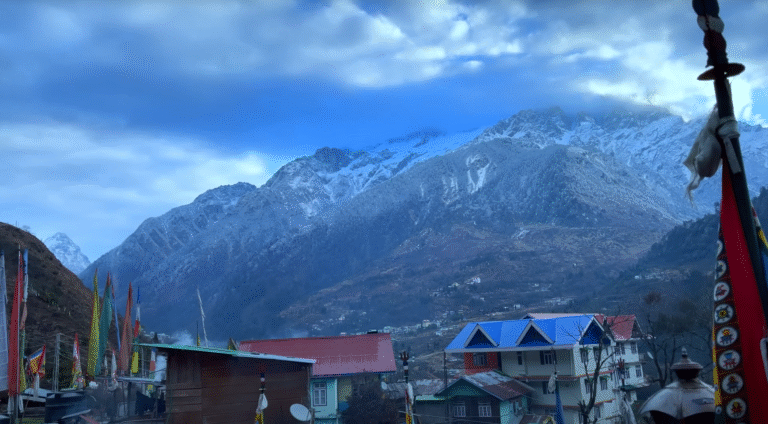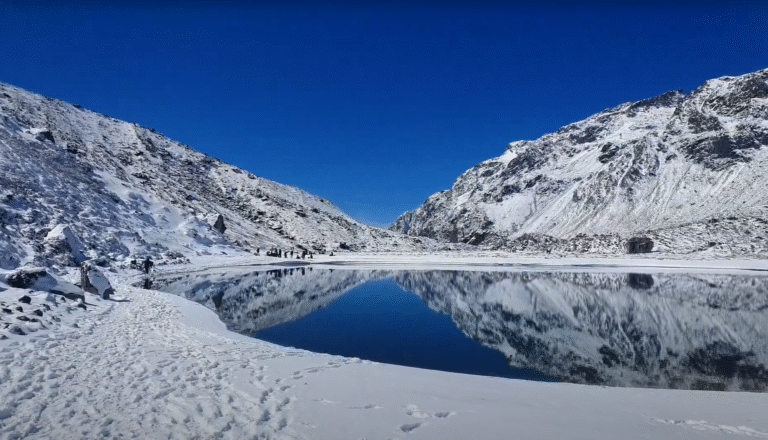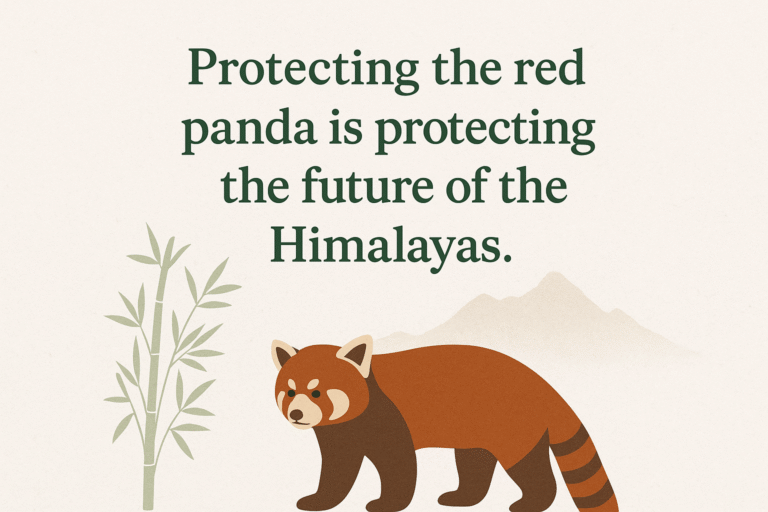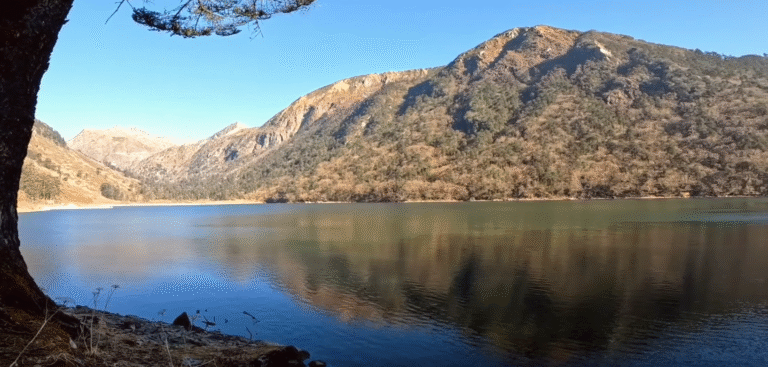“Wildlife and Wonder: A Complete Guide to Sikkim’s Conservation and Eco-Tourism”
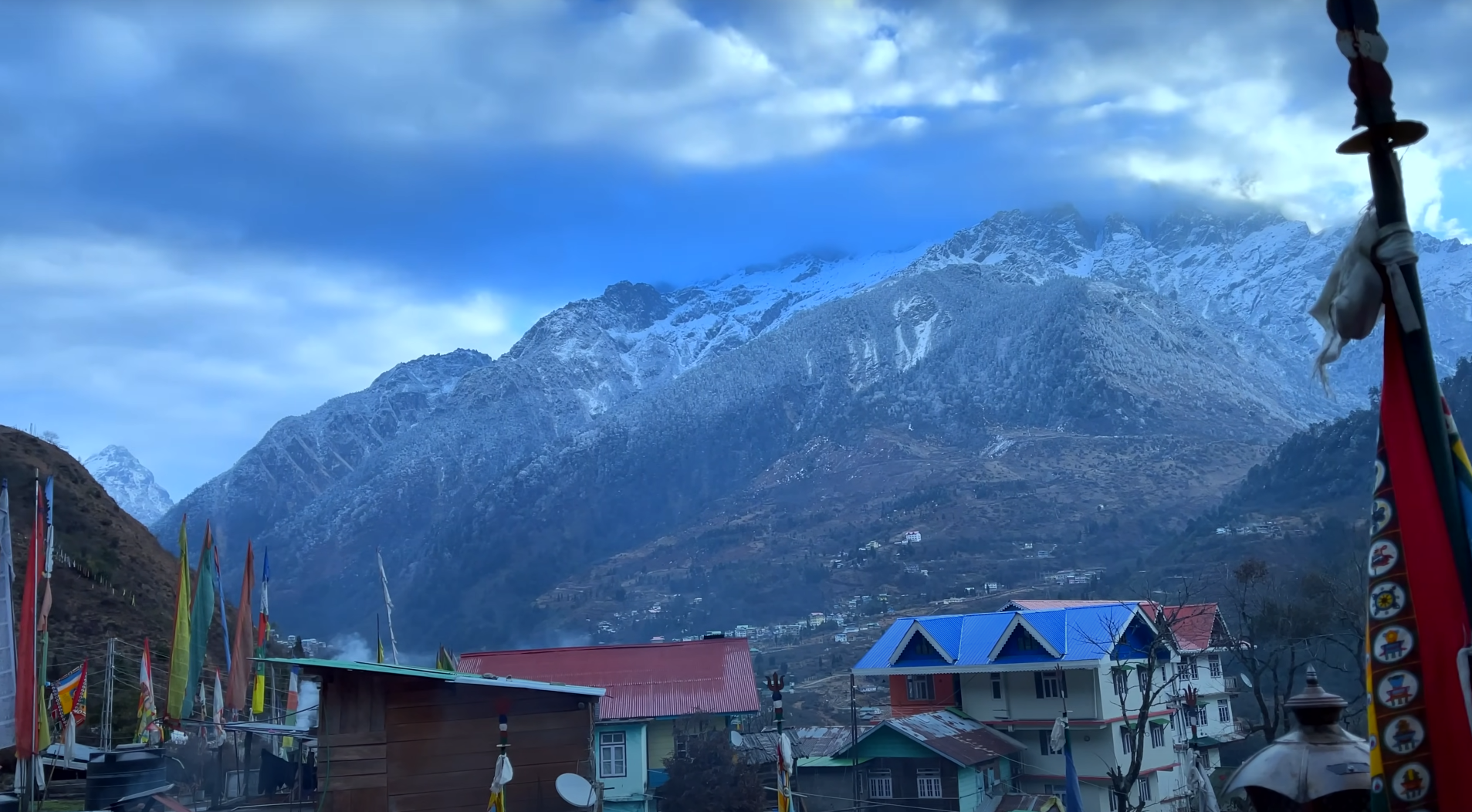
Introduction: Where Travel Meets Conservation
The sun rises slowly over the snow peaks of Kanchenjunga, the third-highest mountain in the world. Its towering mass glows pink and gold, casting light on valleys still heavy with mist. Prayer flags flutter against a crisp Himalayan breeze, their mantras carried into the forests below. A distant call of a Himalayan monal echoes, and a rustle in the undergrowth reveals the auburn tail of a red panda before it vanishes into bamboo thickets.
Welcome to Sikkim—a land where conservation is not just a policy but a way of life. Nestled in the Eastern Himalayas, this tiny state is a mosaic of forests, glaciers, rivers, and grasslands, home to an astonishing range of wildlife. But what sets Sikkim apart is how its people, culture, and governance work together to preserve it.
The Biodiversity Jewel of the Himalayas
Despite being India’s second-smallest state, Sikkim harbors one of the highest levels of biodiversity per square kilometer in the world. Its unique geography—rising from just 280 meters above sea level in the Teesta Valley to over 8,500 meters at the peak of Kanchenjunga—creates a variety of ecosystems packed into just 7,096 square kilometers.
- 🌿 Flora: Over 4,500 species of flowering plants, including 550 species of orchids and 36 rhododendrons. In spring, entire hillsides turn crimson, pink, and white with rhododendron blooms.
- 🦅 Birds: More than 550 species, from the vibrant Himalayan monal (Sikkim’s state bird) to the blood pheasant and Satyr tragopan.
- 🐾 Mammals: Iconic species like the red panda, snow leopard, Himalayan black bear, takin, musk deer, and clouded leopard.
- 🦋 Insects & Butterflies: Sikkim is a paradise for lepidopterists, with rare butterflies like the Kaiser-i-Hind found in its forests.
For travelers, walking through these forests feels like stepping into a natural encyclopedia. Every bend in the trail reveals something new—an orchid hanging from a mossy branch, a pheasant darting across a meadow, or paw prints of a snow leopard etched into snow.
Sacred Landscapes: Spirituality as Conservation
In Sikkim, culture and conservation are deeply intertwined. Ancient beliefs, rooted in Buddhism and indigenous Lepcha traditions, have safeguarded ecosystems for centuries.
- Sacred Mountains & Lakes: Kanchenjunga is not only the protector deity of Sikkim but also considered sacred, preventing reckless exploitation. Lakes like Gurudongmar, Tsomgo, and Khecheopalri are worshiped, and locals avoid polluting them.
- Monastery Forests: Many monasteries preserve sacred groves, where cutting trees or hunting animals is taboo. These groves act as micro-sanctuaries.
- Folklore & Myths: Legends of snow lions, protective spirits, and mountain deities create cultural reverence for landscapes and wildlife.
For travelers, visiting monasteries and sacred lakes offers more than a cultural encounter—it’s a glimpse into how faith itself protects biodiversity.
Exploring Sikkim’s Protected Areas
Sikkim has set aside nearly one-third of its land as protected areas, one of the highest percentages in India. For eco-travelers, these sanctuaries are gateways into pristine wilderness.
1. Khangchendzonga National Park (UNESCO World Heritage Site)
Covering nearly 35% of Sikkim, this is the crown jewel of conservation. Trekkers here pass through rhododendron valleys, roaring rivers, alpine meadows, and glaciers. Wildlife includes snow leopards, Himalayan tahr, musk deer, and blue sheep.
- Traveler’s experience: On the Goecha La trek, it’s common to find fresh snow leopard tracks and blue sheep grazing against a backdrop of glaciers.
2. Shingba Rhododendron Sanctuary
Located in North Sikkim’s Yumthang Valley, this sanctuary is a riot of colors in spring, when 40+ species of rhododendrons bloom. Sunbirds and flycatchers add to the spectacle.
3. Fambong Lho Wildlife Sanctuary
Just outside Gangtok, this dense forest is ideal for birdwatching and short hikes. Red pandas, barking deer, and exotic orchids thrive here.
4. Kyongnosla Alpine Sanctuary
Near Tsomgo Lake, this sanctuary shelters high-altitude species like blue poppies and medicinal plants. Rare orchids cling to cliffs, and blood pheasants roam meadows.
5. Pangolakha Wildlife Sanctuary
Bordering Bhutan and Tibet, this sanctuary is a biodiversity hotspot. It is one of the best places for red panda sightings.
Each sanctuary reveals a different face of Sikkim’s wilderness, offering travelers opportunities to hike, birdwatch, and immerse themselves in untouched nature.
The Red Panda: Symbol of Sikkim’s Conservation
Known locally as Habre, the red panda is Sikkim’s state animal and its most iconic conservation success story. With fewer than 10,000 left globally, its survival here is crucial.
- Habitat: Bamboo forests between 2,200–4,800 meters.
- Threats: Deforestation, habitat fragmentation, and climate change.
- Conservation: Sikkim works through habitat restoration, awareness campaigns, and breeding programs at the Himalayan Zoological Park in Gangtok.
For travelers, catching a glimpse of a red panda in the wild is unforgettable. Local guides in Pangolakha or Maenam Sanctuary lead specialized treks to improve the chances of sightings.
Eco-Villages: Communities as Guardians
Unlike many regions where conservation is government-driven, in Sikkim, local communities play a frontline role. Villages have embraced eco-tourism, making conservation profitable.
Kewzing – The Bird Village
Here, almost every villager is involved in birdwatching tours, homestays, or guiding. Rare species like the black-headed shrike-babbler and satyr tragopan attract enthusiasts from around the world.
Dzongu – The Lepcha Homeland
Reserved for the Lepcha tribe, Dzongu offers eco-stays, forest treks, and cultural immersion. It highlights how indigenous traditions align with conservation.
Lachen – North Sikkim’s Gatekeeper
The Lachenpas are famous for opposing unsustainable hydropower projects. They promote eco-tourism, ensuring that development doesn’t compromise fragile ecosystems.
These villages show how tourism revenue can replace exploitative practices like logging or hunting, turning communities into protectors of wildlife.
Sikkim: The Organic State
In 2016, Sikkim became the world’s first fully organic state. No chemical pesticides or fertilizers are allowed, making farming eco-friendly.
Benefits for wildlife:
- Rivers are free from chemical runoff.
- Pollinators like bees and butterflies thrive.
- Healthy soil supports plant diversity.
For travelers, organic farming means enjoying farm-fresh meals in homestays, walking through terraced fields alive with birds and insects, and learning sustainable farming firsthand.
Threats and Challenges
Even with remarkable success, Sikkim’s conservation faces challenges:
- Climate Change: Glacial retreat, erratic rainfall, and rising temperatures threaten habitats. Alpine species are forced higher, with nowhere else to go.
- Infrastructure Development: Roads and hydropower dams fragment ecosystems. The Teesta River, once wild, is now heavily dammed.
- Tourism Pressure: Popular sites like Tsomgo Lake struggle with waste management. Irresponsible trekking can disturb wildlife.
- Human-Wildlife Conflict: Leopards and bears raid livestock, while wild boars destroy crops. Without fair compensation, resentment grows.
The balance between development and conservation is delicate in a fragile Himalayan ecosystem.
Budgeting Your Wildlife Journey in Sikkim
For eco-travelers, the good news is that wildlife-focused travel in Sikkim can be affordable if planned wisely.
Daily Costs (per person)
- 🛏 Homestays: ₹1,200–₹2,000 (with meals).
- 🍲 Meals outside: ₹300–₹600 per meal.
- 🚕 Shared jeeps: ₹300–₹700 per ride; private taxis: ₹3,000–₹4,500 per day.
- 🎟 Sanctuary entry/permits: ₹100–₹500.
- 🥾 Guided treks: ₹2,500–₹3,500 per day (includes camping/food).
Sample 7-Day Budget Wildlife Itinerary
- Day 1–2: Gangtok + Fambong Lho Sanctuary → ₹4,000–₹6,000
- Day 3–4: Kewzing eco-village (birdwatching) → ₹5,000–₹7,000
- Day 5–7: North Sikkim (Lachen + Pangolakha Sanctuary) → ₹12,000–₹15,000
👉 Total (per person, 7 days): ₹22,000–₹28,000 (budget to mid-range).
Money-Saving Tips
- Travel in groups to split jeep costs.
- Carry reusable bottles (avoid buying plastic water).
- Stay directly in eco-villages (cheaper and supports locals).
- Visit in shoulder seasons (Apr–May, Sept–Nov) for lower prices.
Budget travel in Sikkim doesn’t mean compromising—it often leads to deeper cultural and ecological experiences.
Conclusion: A Prayer Flag for the Future
On a high ridge near Lachen, prayer flags ripple in the wind. Each carries a wish for peace and harmony. Locals believe the wind spreads these blessings across valleys and peaks. In many ways, Sikkim itself is such a prayer flag—its conservation journey is a message to the world.
Sikkim proves that conservation doesn’t need to be in conflict with development. By blending spirituality, community participation, organic farming, and eco-tourism, it has built a model where both people and wildlife thrive.
For the traveler, exploring Sikkim is more than a holiday. It is a lesson in humility, a reminder that protecting nature is the truest form of protecting ourselves. As you trek its forests, spot its red pandas, or share tea with a homestay family, you become part of this conservation story—one that continues to inspire the world.
